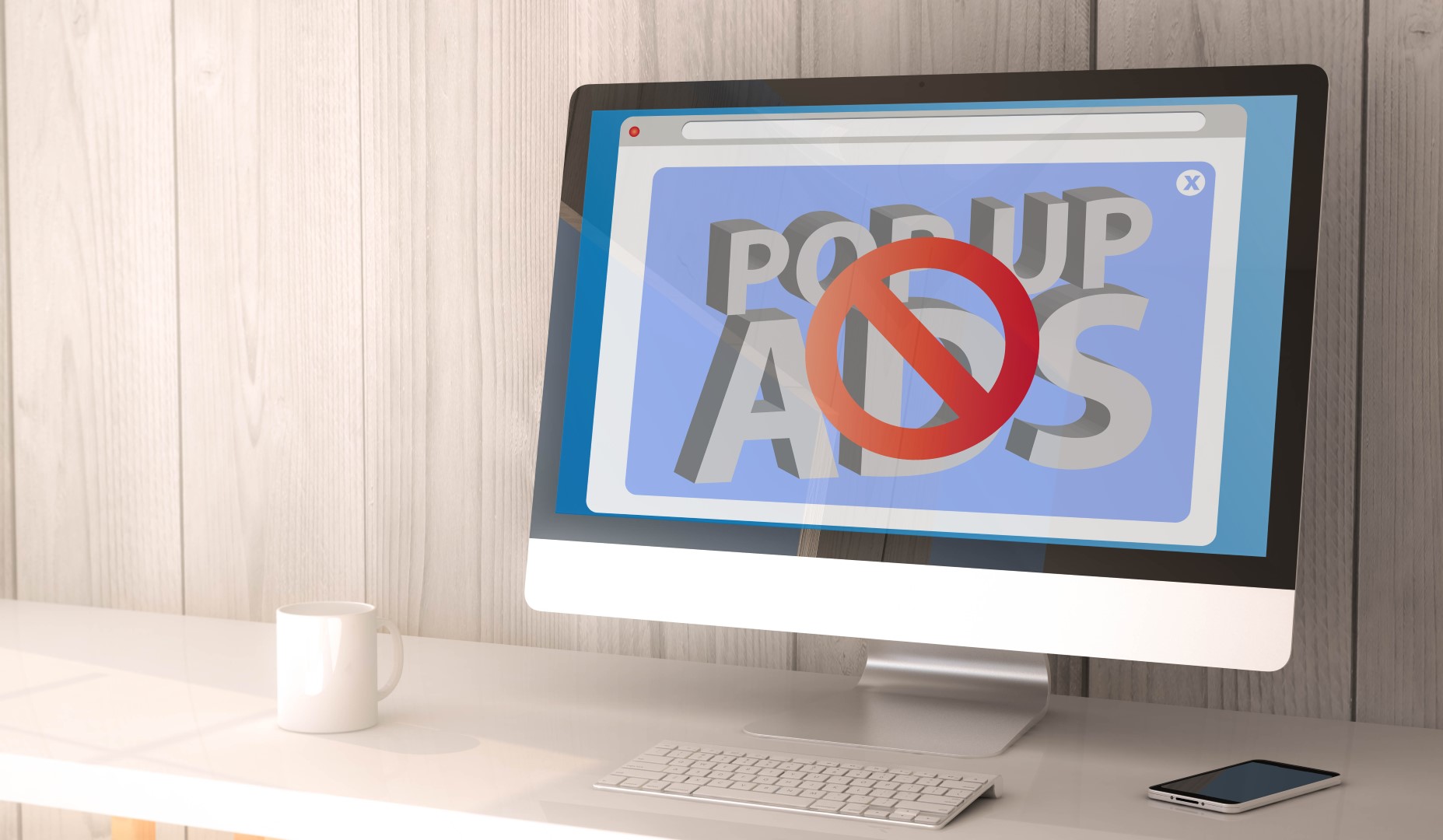
The American Marketing Association identified “interactive ad-blocking programs” for electronic devices, including cell phones, as one of the most important strategic issues for marketers in 2016. Advertising is a key component in the marketing mix of businesses, and the inability to reach users through advertising will change the marketing strategy of all businesses.
This is bad for business and bad for consumers.
In the spirit of full and open disclosure, I was an advertising salesperson, manager and vice president of advertising sales for more than 30 years for a newspaper company. Friends, acquaintances and random readers of the paper used to say there were too many ads in the paper.
I would chuckle and tell them if it weren’t for the ads, there wouldn’t be a newspaper.
If you bought the paper, you got the news and the ads. The paper was organized so that the news and ads were blended in a way to give the reader a positive reading experience. Readers selected the stories and ads that were relevant to them. It enabled the paper to meet the information needs of the reader and give the advertiser an opportunity to employ one of the cornerstones of marketing: promotion.
I am an enthusiastic shopper, and I like to experience advertising. It’s information that is often in the right place at the right time for me. The ability of advertisers to predict where and when this sweet spot will occur has been enhanced by data collection and application to advertising plans.
I don’t view ads negatively unless I’m scrolling through an article online and six different and irrelevant pop-up ads appear in the middle of the text. This is not a positive experience.
Consumers are being assaulted by advertising that appears on every conceivable media platform. It often resembles “ambush” marketing and includes advertising overload, security issues with malware and a slowing down of browsing.
Advertisers are employing these interactive ad tactics because technology enables them to do it, not because consumers want it.
The notion of meeting customer needs has been significantly degraded. Advertisers are using technology to get ads in front of consumer eyeballs without regard for the user experience. The result is predictable: Users want to block the advertising.
The notion of ad-zapping and blocking is not new. When DVRs appeared in 1999, TV viewers quickly figured out that they could record their favorite shows and watch them in two-thirds of the program time by fast-forwarding through the ads. A second-generation DVR in 2012 blocked the ads automatically. The FTC saved us from telemarketing with the do-not-call list.
The AMA’s concern is well-founded. In 2015, the number of consumers using ad-blocking programs doubled, increasing to 15 percent of the U.S. population. Apple upgraded its OS 9 and extended ad blocking to the iPhone, adding to the explosion of ad-blocking users.
While this reaction is predictable, it’s not healthy for the businesses, the media or consumers. Advertising is one of the few ubiquitous industries that touches every U.S. consumer and industry. Ad blocking also disadvantages small businesses who can’t afford to find promotional alternatives to reach their customers.
The solution is as simple as putting the consumer’s experience first. Both the Interactive Advertising Bureau and the World Federation of Advertisers have urged advertisers to think about the consumers.
Personally, I don’t want to block all ads. As I’ve said, I like ads and often find them useful. I just want to receive ads in a way that enables me to use the content in a sensible way.
I have the unique perspective of having been on both sides of this issue. I appreciate the need of the advertiser and the media to deliver ads to consumers, sometimes intrusively. As a consumer, I want the ads because I find them valuable to my shopping behavior. I just don’t want all of them fired at me in a way that makes this a win-lose program.
The Interactive Advertising Bureau suggested some techniques to get users to turn off their ad blockers, and I like several of them:
— Avoid “ambushing” users by ensuring interactive ads do not have auto-play audio or video in environments where they aren’t anticipated by consumers.
— Make certain ads do not block content.
— Safeguard users from ads infected with malware/viruses.
— Guarantee ads do not slow down browsing.
Frustrated and annoyed users will continue to use ad-blocking applications, especially as they become easier to use. Interactive advertisers must create a win-win, two-way relationship with users.
For those of us who want to experience the ads, this will be good news for everybody.
___
University of Central Florida Forum contributor William Steiger is an instructor and marketing consultant in UCF’s College of Business Administration and coordinator of the college’s Professional Selling Program. He can be reached at [email protected].




One comment
Ali mezmo
August 3, 2016 at 2:29 pm
Bullshit!
Comments are closed.